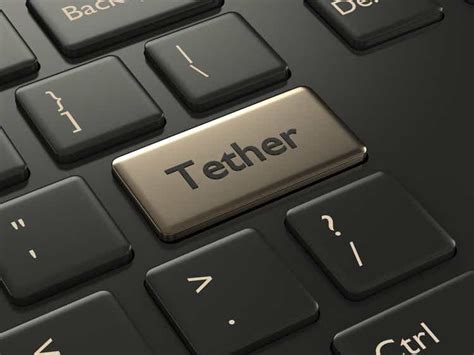The Rise of Tether (USDT): A Game-Changer in Cryptocurrency
In recent years, the world of cryptocurrency has experienced a surge in popularity, with new coins and tokens emerging every day. One of the most widely traded and recognized cryptocurrencies is USDT, or Tether, which has played a crucial role in shaping the crypto market.
What is Tether?
Tether (USDT) is a stablecoin, meaning that its value is pegged to the US dollar at a fixed rate. This is achieved through a unique mechanism known as the “peg” system, which ensures that the value of USDT remains constant against the US dollar. In other words, if the price of USDT rises by 1%, it will also rise by 1% relative to the US dollar.
How Does Tether Work?
The USDT stablecoin is created by a company called Ripple, which has partnered with banks and payment systems around the world to make transactions more fast and efficient. The process involves creating digital tokens using a combination of algorithms and mathematical formulas that ensure their value remains stable.
Tether’s peg system works as follows: when a trader exchanges USDT for another cryptocurrency or asset, they are essentially exchanging one unit of USDT for a certain number of other units of the same currency. This ensures that the value of USDT is always in sync with the US dollar.
The Role of Tether in the Crypto Market
Tether’s stablecoin has had a significant impact on the crypto market, particularly in Asia and Europe. Its widespread adoption has created a new benchmark for cryptocurrency prices, making it easier to compare and contrast different coins.
Here are some key ways that Tether plays a role in the crypto market:
- Price Stability: Tether’s peg system ensures that its value remains stable against the US dollar, which makes it an attractive option for investors looking for low-risk assets.
- Market Liquidity: The widespread adoption of Tether has increased market liquidity, making it easier to buy and sell cryptocurrencies.
- Exchange Listings: Many cryptocurrency exchanges, including Binance, Coinbase, and Kraken, have listed USDT on their platforms, providing a convenient way for investors to access the stablecoin.
- Cryptocurrency Correlation: The correlation between Tether’s price and other cryptocurrencies has improved over time, making it easier for investors to track market trends.
Tether’s Impact on Cryptocurrencies
While Tether’s stability is an attractive feature, its impact on the crypto market is also a double-edged sword. Some of the key effects include:
- Increased Adoption

: Tether’s widespread adoption has increased demand for USDT, driving up prices and creating new opportunities for investors.
- Competition: The emergence of other stablecoins, such as DAI (Daedalus) and PAX, has created a competitive landscape that can drive innovation and improve the overall market.
- Regulatory Scrutiny: Tether’s stability has led to increased regulatory scrutiny in some countries, which may impact the adoption of new cryptocurrencies.
Conclusion
Tether (USDT) is an integral part of the cryptocurrency ecosystem, playing a crucial role in shaping the market and driving innovation. Its stablecoin model ensures that its value remains constant against the US dollar, providing a reliable benchmark for investors looking for low-risk assets.
While Tether’s impact on the crypto market is significant, it also has limitations and challenges. As the cryptocurrency space continues to evolve, we can expect to see more innovative solutions emerge, including alternative stablecoins and decentralized finance (DeFi) applications that build upon Tether’s stablecoin model.